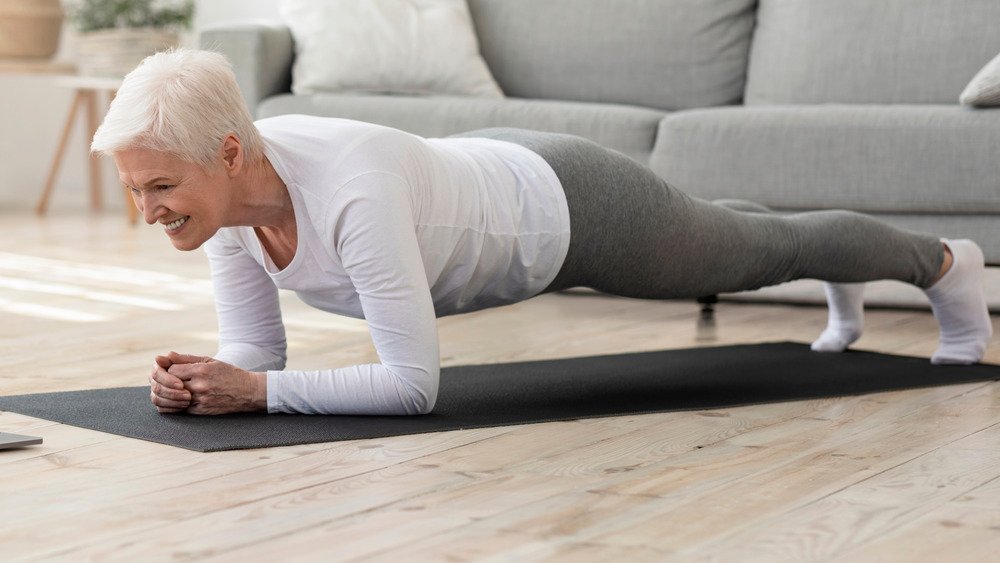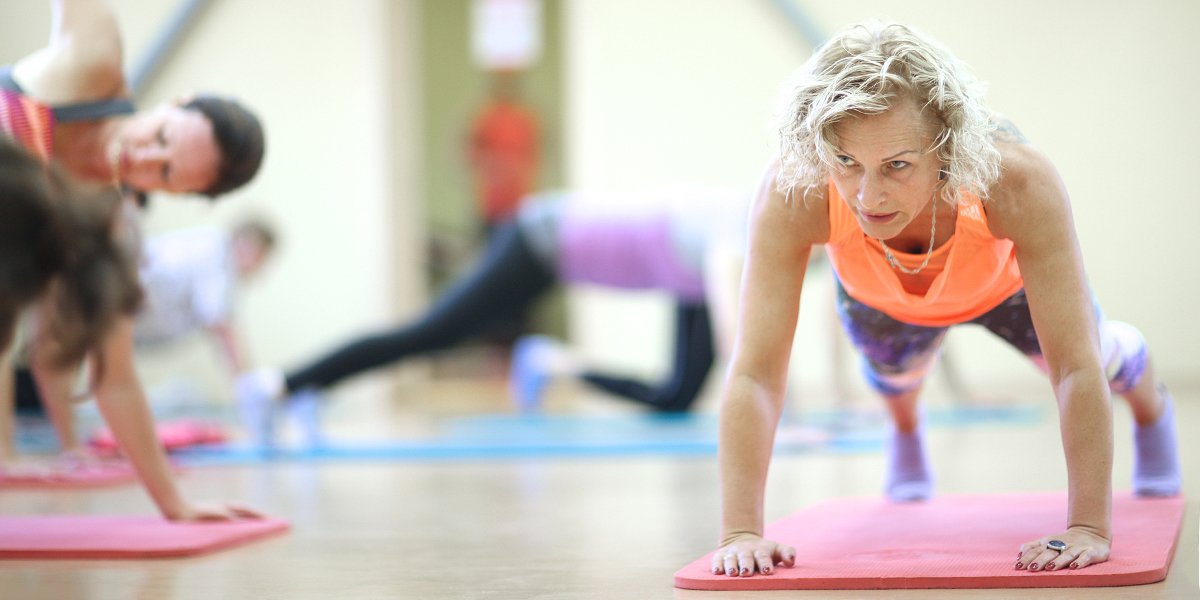The Plank for Core Strength
PLANK FOR CORE: THE GOOD, BAD, AND UGLY
It may look like an easy exercise, but the plank can be a beast. That beast is touted as one of the most basic — and most effective — core exercises. There’s more to know about this core exercise, however.
Yes, it recruits multiple muscle groups — abdominals, hips, lower back, and shoulders. Yes, it can be done in many variations for many fitness levels. And yes, it is a stabilization exercise, that works the core in the way you use it all day.
However, how long you can hold it is not the source of bragging rights you might think. Long-holding planks may encourage poor posture. In prior interviews with Dr. Stuart McGill, world-renowned back pain and core expert, misconceptions that occur about core exercise often contribute to injury. At the least, they are missed opportunities for better results for those of us putting in time and energy where it isn’t beneficial.
Less is More
The truth about planks and other core exercises is that less is more. Learning to turn on the muscles is often more important than holding for a long period of time. In your daily activity of living, you resist your St. Bernard pulling you or lift that heavy bag from your trunk. You need those muscles to fire now. Whether they’re still doing so in a minute is a lot less important.
That means you can ignore the 8-minute plank record held on YouTube. It’s not your goal and a minute may even be overkill. Try 10-second “repeats.” That is, do 10 seconds then come down and allow the muscles to release. Then repeat for 3 or more sets. Getting the muscle to activate in the first place is far more beneficial than holding them for a minute.
How to Plan Your Plank Exercise Strategy
The upper back, neck, and shoulders are a frequent problem for women. If it’s where you hold your tension, you don’t want to fire that area up. Do you ever catch yourself in a mirror and you’re rounded? That’s called retraction and the longer you hold a plank, chances are the more you reinforce poor posture.
Wrists and sometimes elbows are problematic for us keyboard clicking Prime Women. During menopause the frequency of carpal tunnel increases. That needn’t stop you from doing planks, that are just as effective on your forearms.
Definitely include planks in your exercise regime. Just don’t go overboard with more is better thoughts. Follow instructions below to set up your planks with variety, and the right holds for your benefit.
How To Get Started with Plank Exercises
Come to your hands and knees and place your forearms on the ground, elbows bent 90 degrees, so your shoulder are stacked directly over your elbows. Extend your legs straight out behind you, come onto your toes, and, using your core, push through your forearms and toes to raise your legs and core off the ground. You want to try to create a straight line from your head to your feet, so pull your belly button into your spine, squeeze your shoulder blades together and down your back, and tighten your glutes as you push your heels back, explains Maggiacomo. Attempt to hold for 30 seconds. Over time, increase that to 45 or even 60 seconds. But don’t be surprised if it’s difficult at first.



